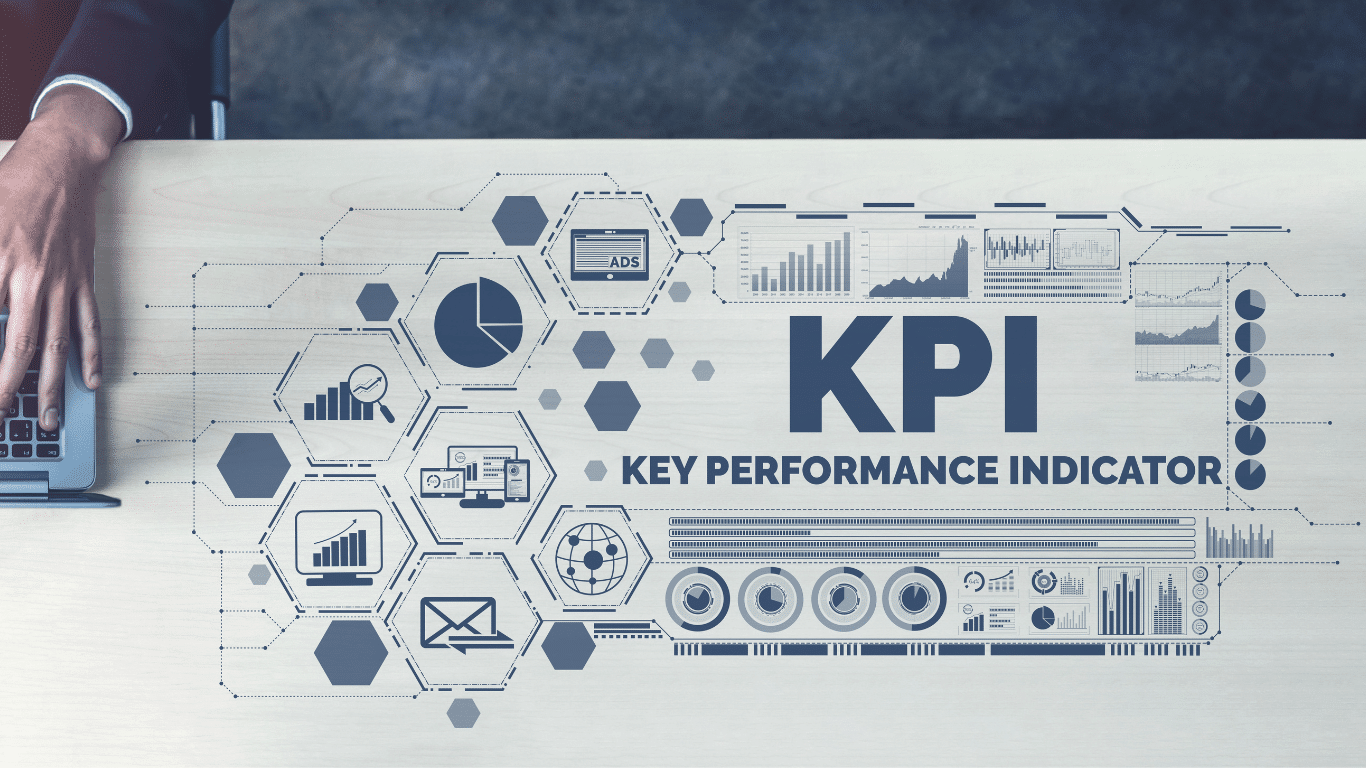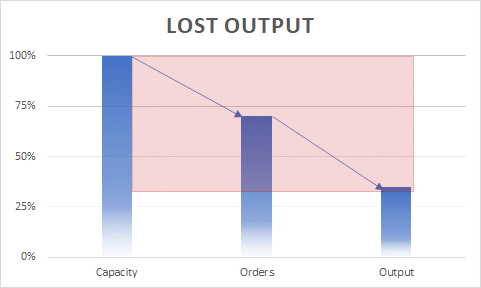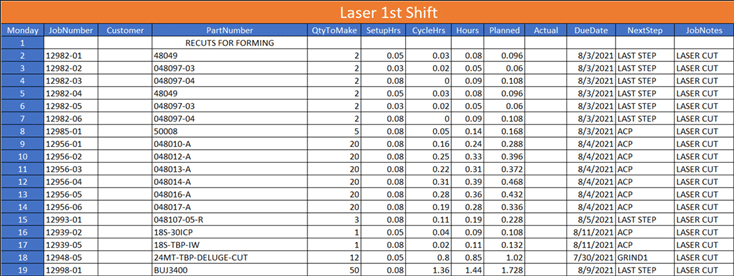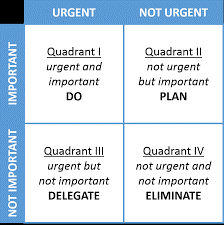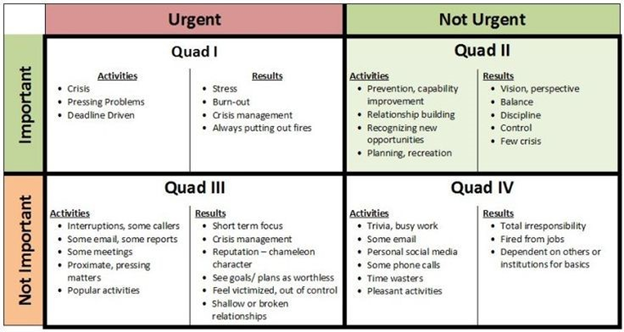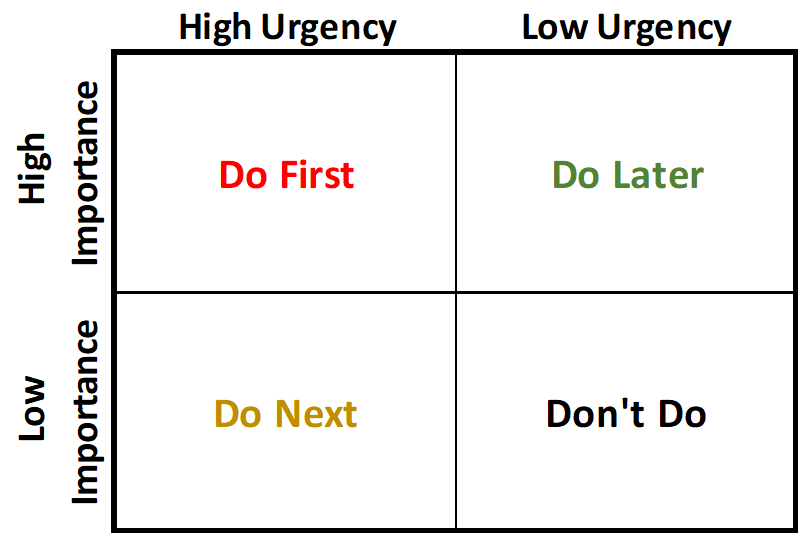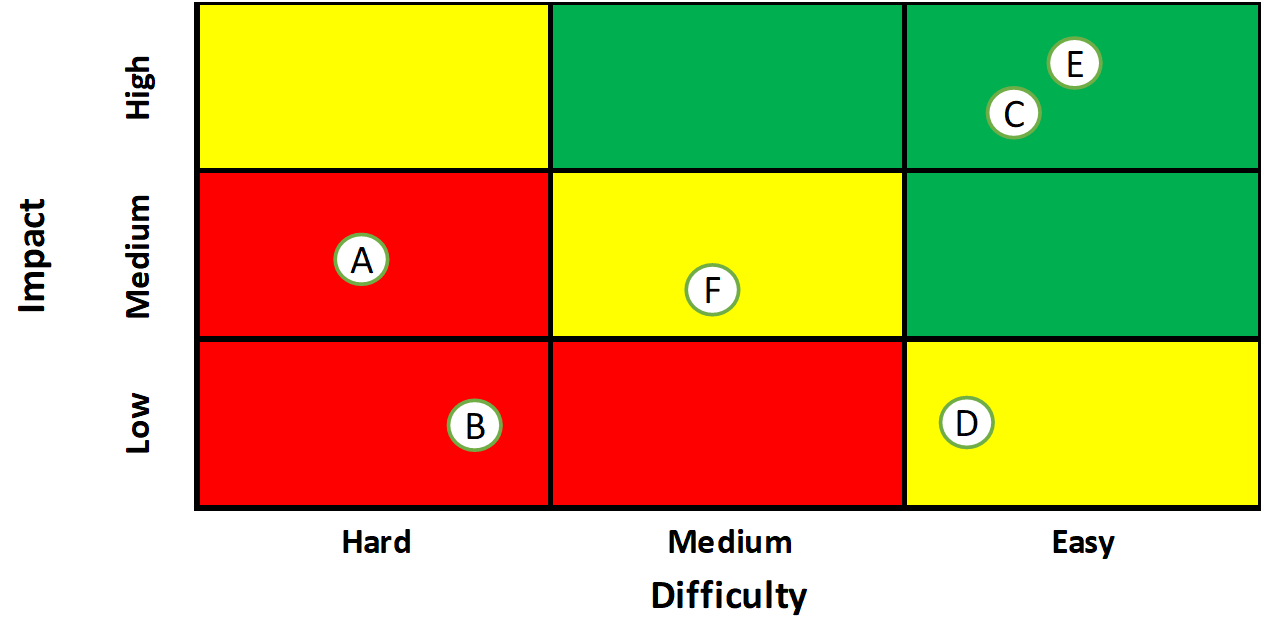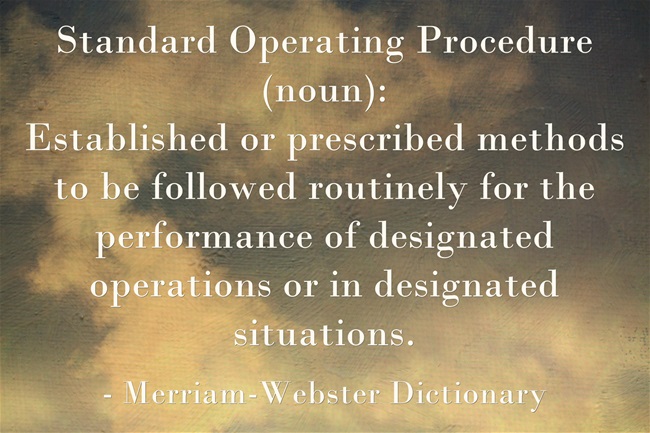By Casey Neal, Business Development Specialist
Why does AI matter for businesses of every size?
Artificial intelligence isn’t just for Silicon Valley. According to Andrew Ng, one of the leading voices in AI innovation, this technology is becoming as fundamental as literacy. Just like learning to read and write transformed entire industries centuries ago, understanding and applying AI is now a basic skill for staying competitive in today’s marketplace.
What that means for business owners is simple: if you’re not already thinking about AI, your competitors probably are.
Is AI only for big tech companies?
For years, AI has been out of reach for small and mid-sized businesses. It’s felt like something only massive companies with huge budgets and teams of data scientists could use. That is no longer the case.
Today, AI tools are becoming more accessible, more affordable, and more useful for real business problems. You don’t need to build a robot or launch a tech startup to benefit. You just need to understand your data and know what problems you want to solve.
What kind of data do small businesses already have?
Most businesses already collect far more data than they realize:
- Customer purchase patterns
- Inventory turnover by product or season
- Maintenance logs or service records
- Website traffic or CRM notes
- Employee performance metrics
- Supplier delivery accuracy
Even simple Excel spreadsheets can be a goldmine when paired with the right AI tool.
Can you really use AI without learning to code?
This is one of Andrew Ng’s biggest points: you absolutely can. In fact, some of the newest AI tools are built specifically for people who don’t code at all. They focus on data input, not programming.
You can upload a spreadsheet, label a few examples, and let the system “learn” from that data to make predictions, classify outcomes, or spot trends. Tools like this are now built for business users, not engineers.
What real business problems can AI help solve?
AI works best when you apply it to one clear, repetitive, data-driven challenge. That could be:
- Forecasting which products will sell next quarter
- Identifying what causes late shipments
- Flagging quality control issues from images or checklists
- Matching the right employee to the right project
- Predicting customer churn before it happens
You don’t need to overhaul your entire business. Start with one problem, one dataset, and one tool.
Why haven’t more business owners adopted AI yet?
Many owners assume it’s too expensive, too complicated, or not meant for “a business like mine.” Others are simply overwhelmed by the buzzwords. The truth is that early AI adoption doesn’t require deep tech experience. It requires curiosity and clarity.
If you know what pain points are costing you time or money, you’re already halfway there. The next step is finding a tool or a partner that helps you use your existing data to solve them.
Where should you start?
Here’s a practical first step:
Choose one recurring issue in your business (inventory, scheduling, quality, etc.)
- Ask yourself: What data do I already have about this?
- Look for a basic AI tool that helps you analyze or predict outcomes (many offer free trials)
- Test it with a small sample. Don’t wait until it’s perfect.
- Track your results and iterate.
- Start small. Think practical. Focus on results.
Can AI help in any industry?
Absolutely. AI is being used across nearly every sector, and small businesses are just starting to catch up. Examples:
- Manufacturing: Use AI to detect product defects with image recognition or predict machine maintenance needs
- Professional services (like engineering or architecture): Streamline billing or match project needs to staff capabilities
- Construction and field services: Predict equipment failure based on usage logs or optimize crew scheduling
- Logistics and transportation: Improve route planning, reduce fuel costs, or forecast delivery delays
- Wholesale and distribution: Analyze order history to manage inventory or anticipate customer demand
The technology is flexible. The key is applying it to your unique processes and goals.
What’s the risk of doing nothing?
Standing still is the biggest risk. As larger companies adopt AI and improve their efficiency, margins, and client experience, smaller companies that ignore it will be left behind.
You don’t need to transform overnight. You just need to begin.
What mindset should you have going forward?
The most successful owners treat AI like any other business tool. You don’t have to master every feature, but you do need to understand how it can support your operations, improve decision-making, and drive growth.
Start by asking better questions. What do you want to improve? What do you already track? And where could even a small improvement make a measurable difference?
Why It’s Time to Start
You don’t have to be a tech expert to benefit from AI. You must be open to new ways of solving problems. Start with one issue, one dataset, and one tool. You might be surprised at how quickly results follow.
Whether you’re running a construction company or a manufacturing operation, staying ahead today means being willing to explore tomorrow’s tools.
“The companies that embrace AI will redefine their industries. The rest will compete to survive.” — Andrew Ng
Reference: Ng, A. (2024). How AI Could Empower Any Business. TEDx Talk.


